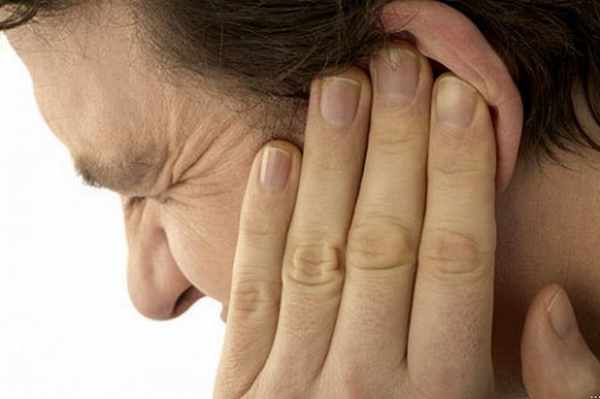How to Treat Petrositis

The basic cause of petrositis is inflammation of the bone surrounding the ear, called the temporal bone. If not treated properly, inflammation can enter into the inner ear, resulting in an infection. The condition can become very serious if not treated in time.
Common symptoms of petrositis are neuralgic pain in the crown, teeth and eyes. Computed tomography of the temporal bone is the only known technique being used these days in order to diagnose a patient of petrositis. Here is how you can treat petrositis before the condition becomes worst.
Instructions
-
1
Petrositis is very rare which is why there is very little research about it. If you ever so much as suspect that you are suffering from petrositis, you should see a doctor immediately. Do not try anything at home because proper diagnosis is important before taking on a possible remedy.
-
2
If the pain becomes excruciating, you may have to undergo a surgery. The surgeon will drain the afflicted area in order to relieve the pain. Again, you need to act as soon as possible otherwise the condition will become worst.
-
3
If you do not want to undergo a surgery, you can ask the surgeon to put a tube in your ear. The surgeon will insert a tube into the middle ear which will alleviate pressure in the ear, help in draining it.
-
4
The little research that has been done on petrositis reveals that the use of antibiotics can heal petrositis fairly quickly. Maintain a controlled dose of antibiotics until problematic bone heals fully.
-
5
Medication in liquid form can be more effective than medication in oral form. Use ear drops at least three to four times every day. This can be help especially for patients who are allergic to antibiotics and cannot maintain a regular dose.
-
6
Prepare a mixture of 50 percent water and 50 percent peroxide. Store this mixture in an ear dropper and use it at least three to four times every day, just like ear drops. The peroxide-water mixture will help keep the ear clean and will prevent build-up in the middle ear. Continue to use the peroxide-water mixture until the condition becomes better.







